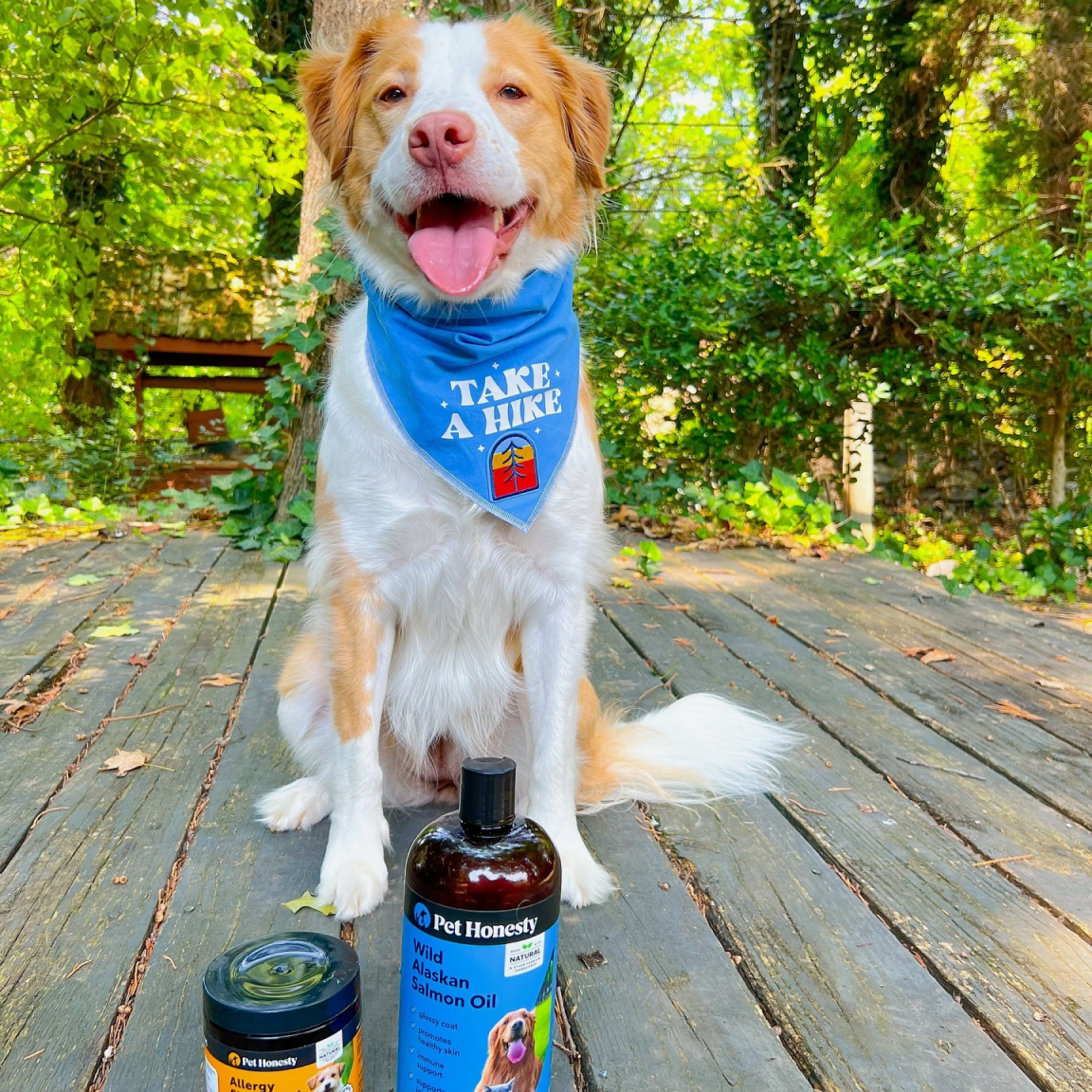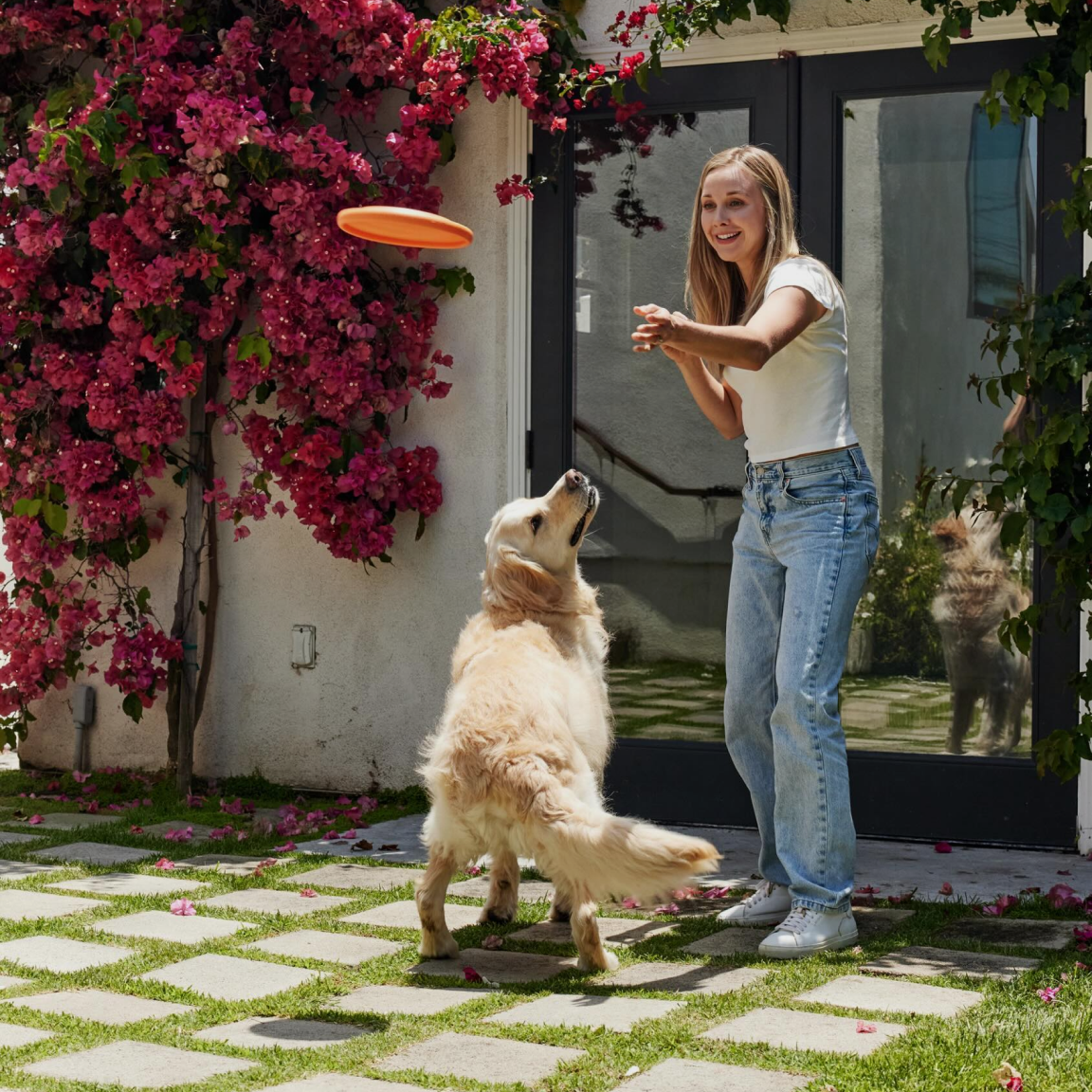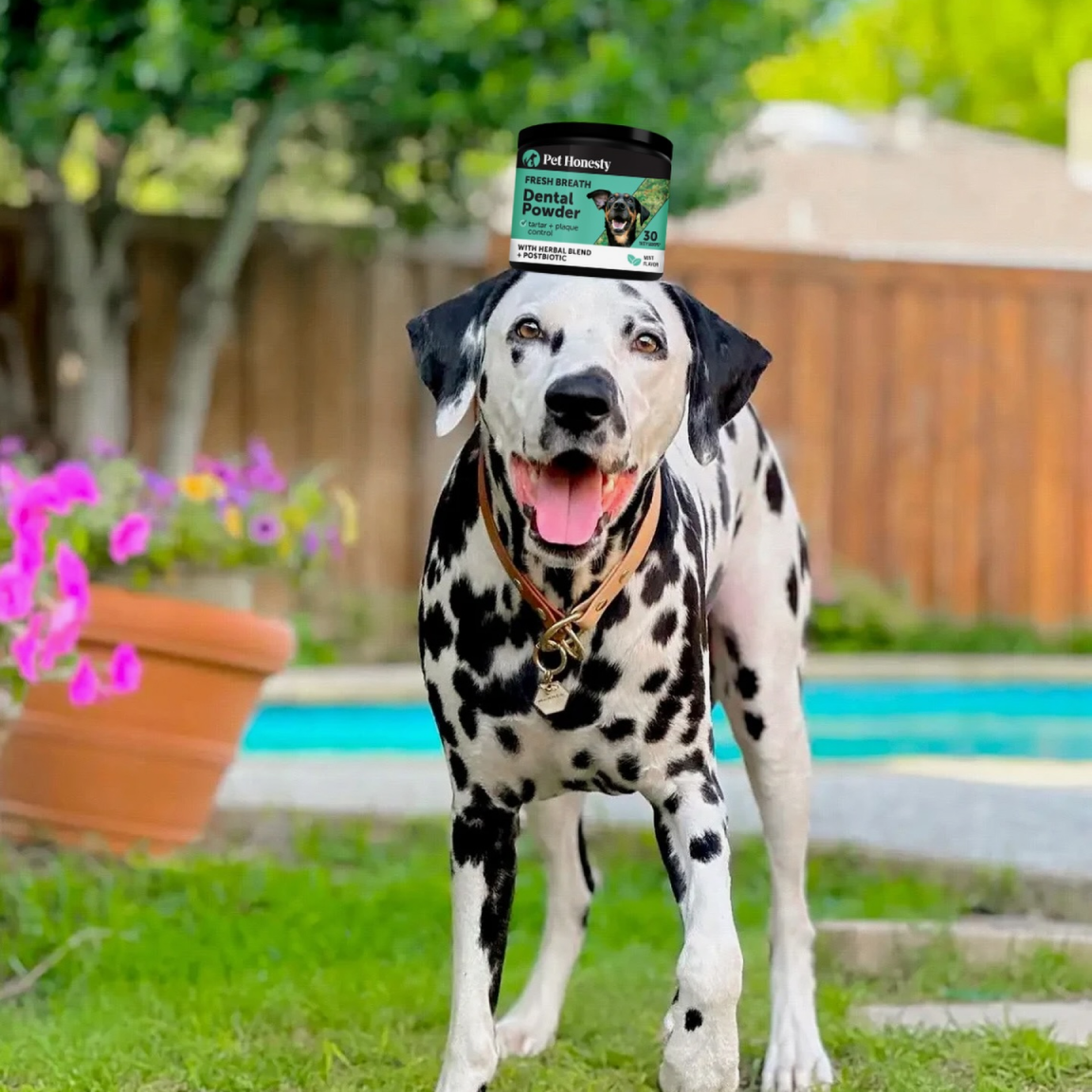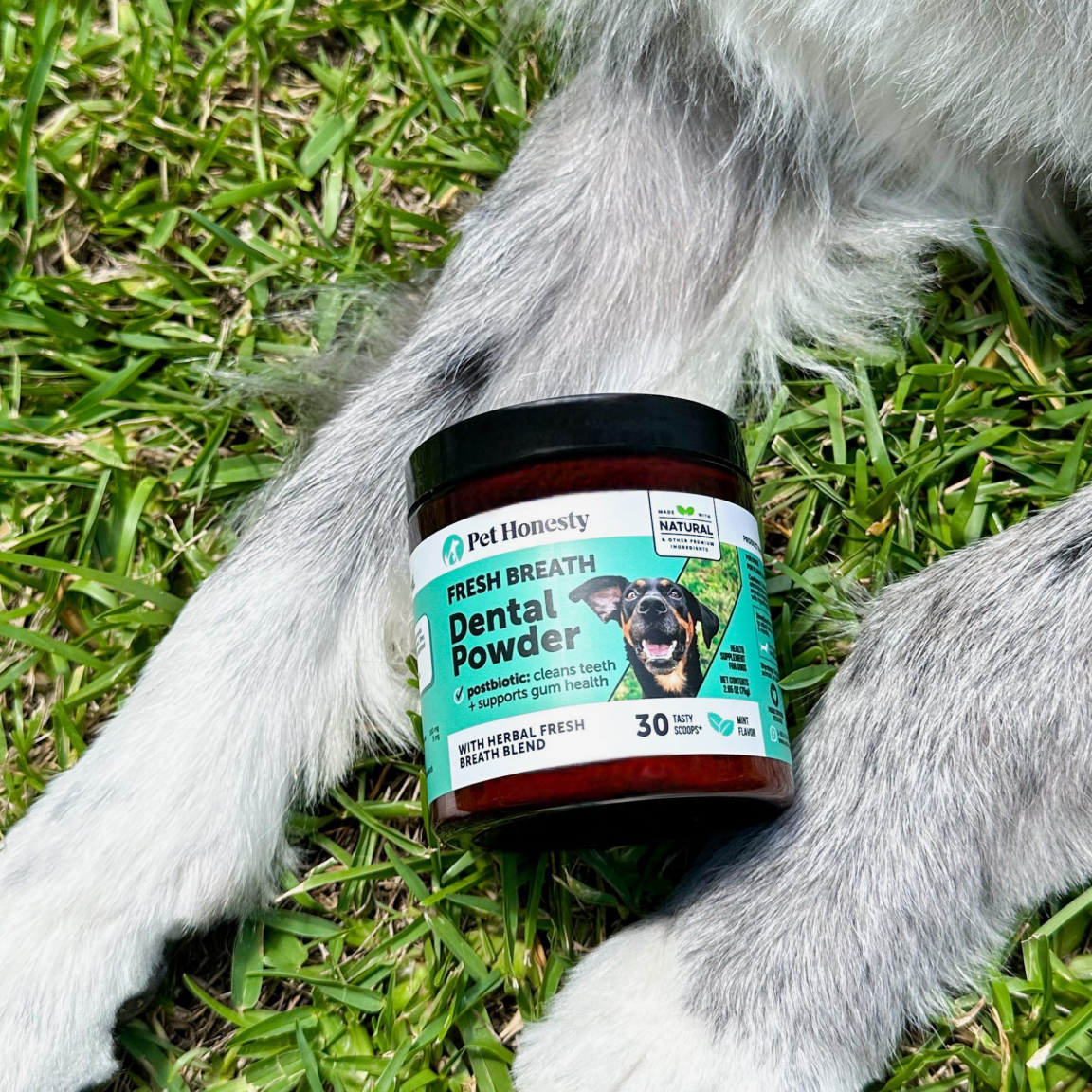You and your cat are spending a beautiful summer day outside. You can feel the sun's warmth on your skin as you bask in the fresh air. But then, before too long, your cat starts to pant and act restless - it looks like they might be getting overheated!
While most cats aren't outside as much as dogs- they still can get overheated. It's essential to make sure they stay cool and safe in the heat. Overheating can lead to serious health issues, so you must take steps to cool cats when temperatures are high.
Here are our best tips to keep your cats cool this summer.
Why is it important?
The summer months can bring scorching temperatures that can be dangerous for cats. Cats don't sweat, so it's harder for them to keep cool in high heat and humidity. If your cat gets too hot, it can cause dehydration, exhaustion, and even heatstroke.
Heatstroke is a serious medical condition that needs immediate attention from a vet. By taking steps to keep your cat cool, you can help them stay safe and healthy in the summer months.
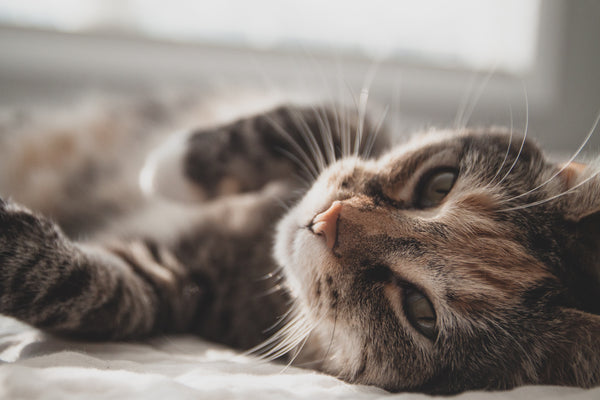
What is heatstroke in cats?
When a cat's body temperature rises too high (over 104 degrees Fahrenheit), they are said to have heat stroke. Heat stroke can be caused by the environment or by physical exertion, such as running or playing.
What are the symptoms of heat stroke in a cat?
If your cat is experiencing heat stroke, it may show signs of respiratory distress, excessive panting or drooling, fever, reddened skin and eyes, weakness, confusion, and vomiting. If you suspect your cat has a heat stroke, seek immediate medical attention from a vet.
What should I do if my cat has heat stroke?
If your cat shows any of the symptoms of heat stroke, you need to take immediate action. Move them into a cool environment and offer small amounts of water or electrolyte solution if they will drink it. You can also apply cold compresses to their head, neck, and chest area - try using wet rags, ice packs, or damp towels for this task.
It's important to get your cat to a vet as soon as possible, even if their symptoms seem mild. Heat stroke can cause serious medical issues and dehydration, so it's best not to take any chances.
The best way to ensure your cat is always in its best health is to take proactive measures and ensure they are getting enough water and a balanced diet with supplements.
How do cat's naturally keep themselves cool?
Cats have several natural ways to cool off. They will often seek out a cooler spot, such as the shade of a tree or behind furniture. They also may lick their fur and the area around their mouth to sweat through evaporation. Cats will even “smile” by exposing their teeth to release heat from their bodies.
Tips for Keeping Cats Cool in the Summer Heat:
Provide shade or shelter for outdoor cats
To ensure their comfort, make sure they have access to a shady, cool spot, such as under a large, leafy tree, a covered porch, or any other area that provides ample protection from direct sun rays. This will help shield them from the heat and minimize the risk of overheating.
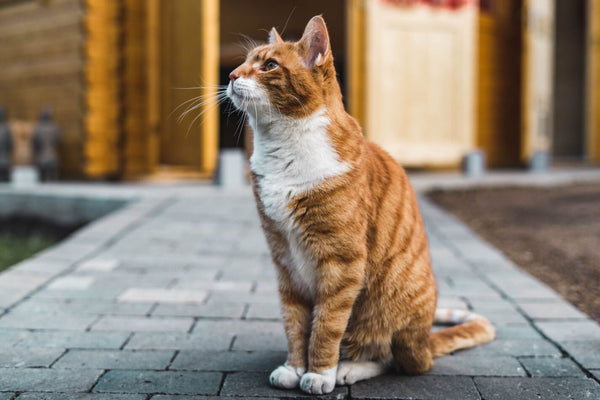
What are other ways that I can create shade?
If your cat spends a lot of time outdoors, you can also create a shady spot with a homemade shelter. An easy-to-build sunshade can be made out of cardboard boxes and tarps or blankets. Make sure the area is well-ventilated and provides plenty of fresh water.
Keeping your cat hydrated:
Ensuring that your cat stays properly hydrated is crucial for their overall health and well-being. Cats have a low thirst drive compared to other animals, so it's important to provide them with fresh water sources throughout the day.
Consider using a water fountain designed specifically for cats, as the flowing water may encourage them to drink more. Additionally, wet food can also contribute to their hydration levels.
Overall, keeping your cat hydrated will help support their urinary tract health and prevent issues like urinary tract infections or kidney problems.
How much water should a cat be drinking per day?
A healthy cat should be drinking at least one ounce of water for every pound of body weight per day. As a guideline, an adult cat should be drinking around 10oz of water each day. If you notice your cat is drinking more or less than normal, it may be a sign of underlying health issues. In this case, contact your vet for advice.
How can I tell if my cat is dehydrated?
A dehydrated cat may exhibit dry and tacky gums, which can be a sign of reduced saliva production. Additionally, their eyes may appear sunken, and their skin may lose elasticity, resulting in less turgidity.
In terms of behavior, a dehydrated cat may also show a decrease in energy levels, appearing more lethargic than usual. You should address dehydration promptly to ensure the well-being of our feline companions.
Keeping the house temperature cool for your cat:
If your cat spends the majority of their time indoors, then keep the space cool. Drawing curtains or blinds will help keep the house cooler by blocking out direct sunlight.
You may also consider using air conditioning or installing window fans to make sure air is circulating properly throughout the room. Additionally, you can provide cooling mats or beds that are designed to absorb heat and help keep your cat cool.
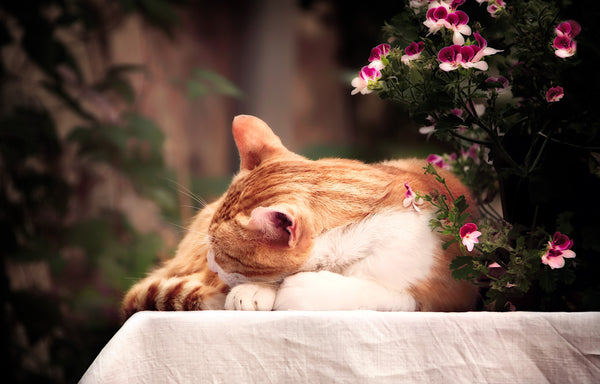
Acclimation to summer environments:
If your cat is not used to the summer weather, then it's important to help them acclimate gradually. Start by allowing them short amounts of time outdoors in the shade until they become more comfortable with heat and humidity.
Additionally, if you plan on taking your cat on a camping trip or some other outdoor adventure, make sure their vaccinations are up to date and that they have received tick, flea, and heartworm prevention treatments beforehand.
Monitoring Your Cat's Health:
Keep an eye out for the signs of overheating, which can include excessive panting, drooling, lethargy and disorientation. If you suspect your cat is suffering from heatstroke, then you must take them to a vet immediately.
Make sure they have access to plenty of cool water and a cool place to rest until you can get them to a vet.
Make sure that your cat has access to plenty of fresh water during hot days and nights.
Consider investing in a specialized water fountain designed specifically for cats. The gentle flow of water not only entices them to drink more but also mimics their instinct for running water sources.
Additionally, incorporating wet food into their diet can further contribute to their hydration levels. By ensuring your furry friend has access to an ample supply of fluids, you can help them stay refreshed, healthy, and content during the hot summer months!
Why is wet food more hydrating?
Wet food is typically high in moisture content, which makes it a great source of hydration for cats. Additionally, wet food also tends to be higher in both protein and fat than dry food, making it more nutritionally dense and helping them stay fuller longer.
Be aware of the dangers of hot car interiors
Never leave your cat in a parked car, even if it's only for a few minutes! The temperatures inside a vehicle can quickly rise to dangerous levels. Instead, make sure they're secure and comfortable indoors or under some form of shade outside where the temperature is much cooler.
If you do need to travel with your pet then always bring along an adequate supply of water to keep them hydrated during the journey.
Above all else, follow your cat's lead and take cues from their behavior. If they seem uncomfortable due to heat exhaustion due to the heat, then let them retreat indoors for a cool and comfortable break. Also, try giving them a calming supplement to counteract the discomfort of heat.
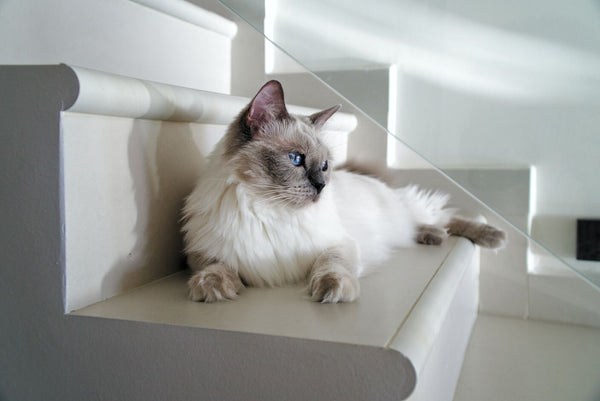
Provide Cool Toys
Keeping indoor cats entertained during hot weather can help them stay cool and prevent boredom-induced behaviors. Place some cool toys around the house for your cat to play with, such as ice cubes or cold water bottles. This will help them stay stimulated and cool off at the same time!
Very gently spritzing Your Cat with water to keep them cool:
Spritzing your cat with water can be an effective way to help them cool down. However, it may not work for every cat.
Make sure the water is not cold, and it's best to spray lightly over their fur instead of directly onto their face or eyes. This trick may also help keep them entertained while they get a much-needed respite from the heat!
Conclusion
The summer months can be difficult for cats, as they may not be accustomed to the heat and humidity. By taking steps to keep your cat cool and hydrated, you can help them stay safe and enjoy the warm weather. Providing plenty of shade, fresh water sources, and cool toys can make a world of difference in their comfort levels during these hot days!
Remember that cats can suffer from heatstroke just like humans, and it can even be fatal. Cats are particularly vulnerable in hot weather as they do not sweat like humans do, so make sure they have access to shady areas and plenty of fresh water to keep them cool and hydrated. Taking these precautions will help ensure your cat stays safe and healthy during the summer months.









